Why Hunters Pattern Their Shotguns


Justin Hunold
06/27/2025
There’s a moment every hunter knows. It might come in the whisper-light wings of a teal just before legal shooting light. It might come as a tom steps into the clearing, finally breaking full strut. It might come as a rooster cackles and rockets skyward from a stand of frozen switchgrass. In that moment, when your finger finds the trigger and your sight picture locks in, everything you’ve done up to that point matters.
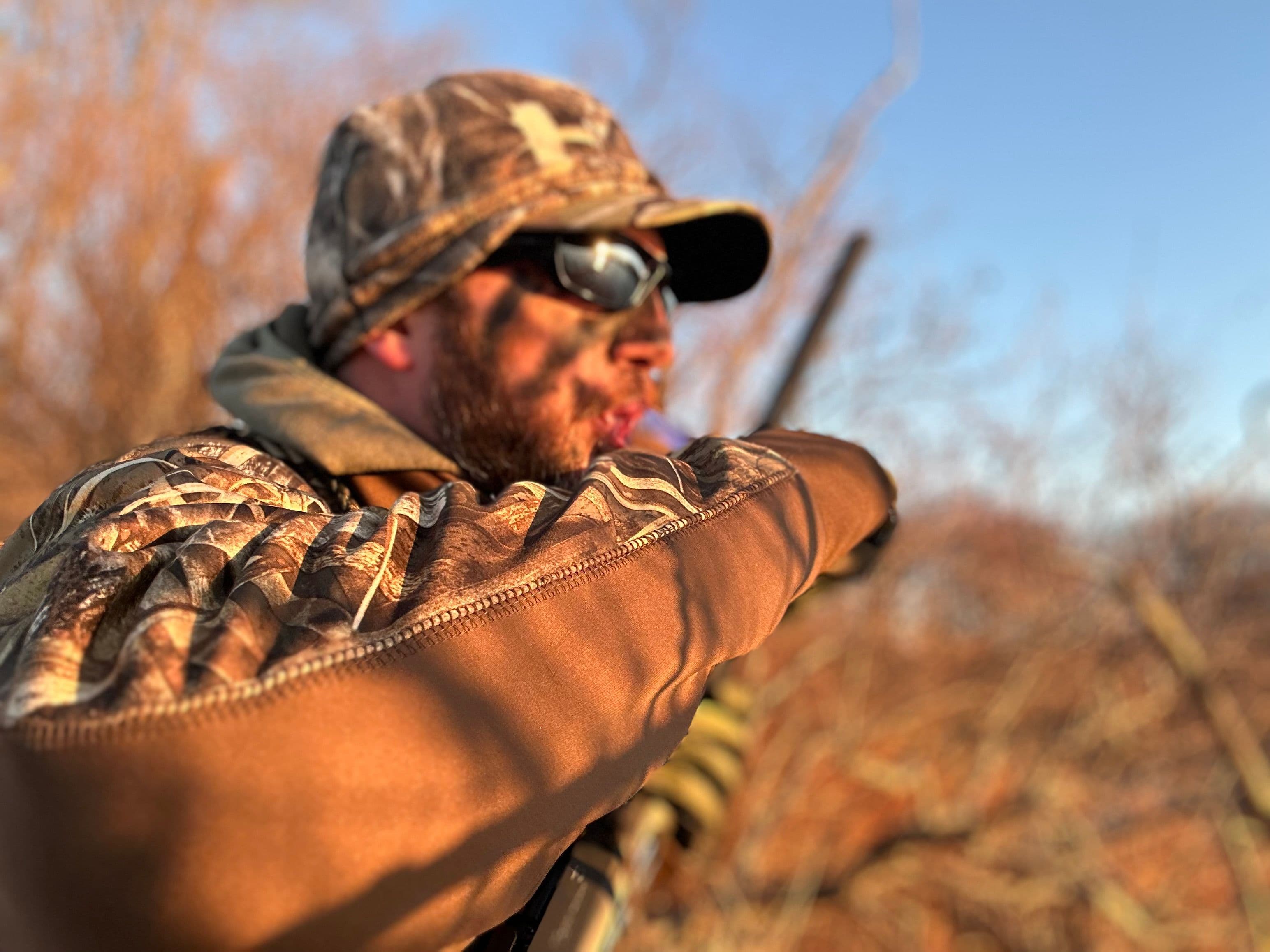
That’s where patterning your shotgun earns its place in the ritual.
This isn’t about obsessing over targets or turning a hunt into a math problem. It’s about showing up ready. Ready to make a clean shot, ready to harvest ethically, and ready to match your equipment to the situation. Whether you hunt upland birds, gobblers, or waterfowl, the way your shotgun throws its pattern can make or break that moment.
Patterning lets you understand how your gun, choke, and chosen load work together at different distances. It turns guesswork into certainty. It’s the quiet work before the season starts—the time at the range with targets, a notepad, and maybe a buddy. It’s where confidence is built.
And it’s where respect begins—for the game, the land, and the responsibility we carry as hunters.
Patterning for Upland Hunts: Quick Shots, Tight Windows
The Flush
Upland birds don’t give you time to think. They explode into the sky like firecrackers, fast and erratic. You’ve got seconds—sometimes less. The right pattern can mean the difference between feathers in the air or a clean miss.
Picture this: You’re walking the edge of a sage flat in Montana, dog locked up ahead. A covey of Huns erupts. You swing, lead, shoot. If your gun throws too tight a pattern, you could miss clean or worse—cripple a bird. But with an open choke and lighter shot, you’ve got forgiveness and spread on your side.
Quail
In tight cover, bobwhite quail burst upward like popcorn—fast, low, and in bunches. You want that pattern wide and quick. Skeet or Improved Cylinder chokes, paired with #8 or #9 shot, give you the scatter and density you need without over-penetrating. It’s a setup made for 10-yard surprises.
Doves
September brings high skies and hot barrels. Doves aren’t as close as quail, but they’re just as twitchy. An Improved Cylinder choke and #7.5 or #8 shot gives a touch more reach while still holding a decent spread. Ideal for those mid-air corkscrews at 25 to 35 yards.
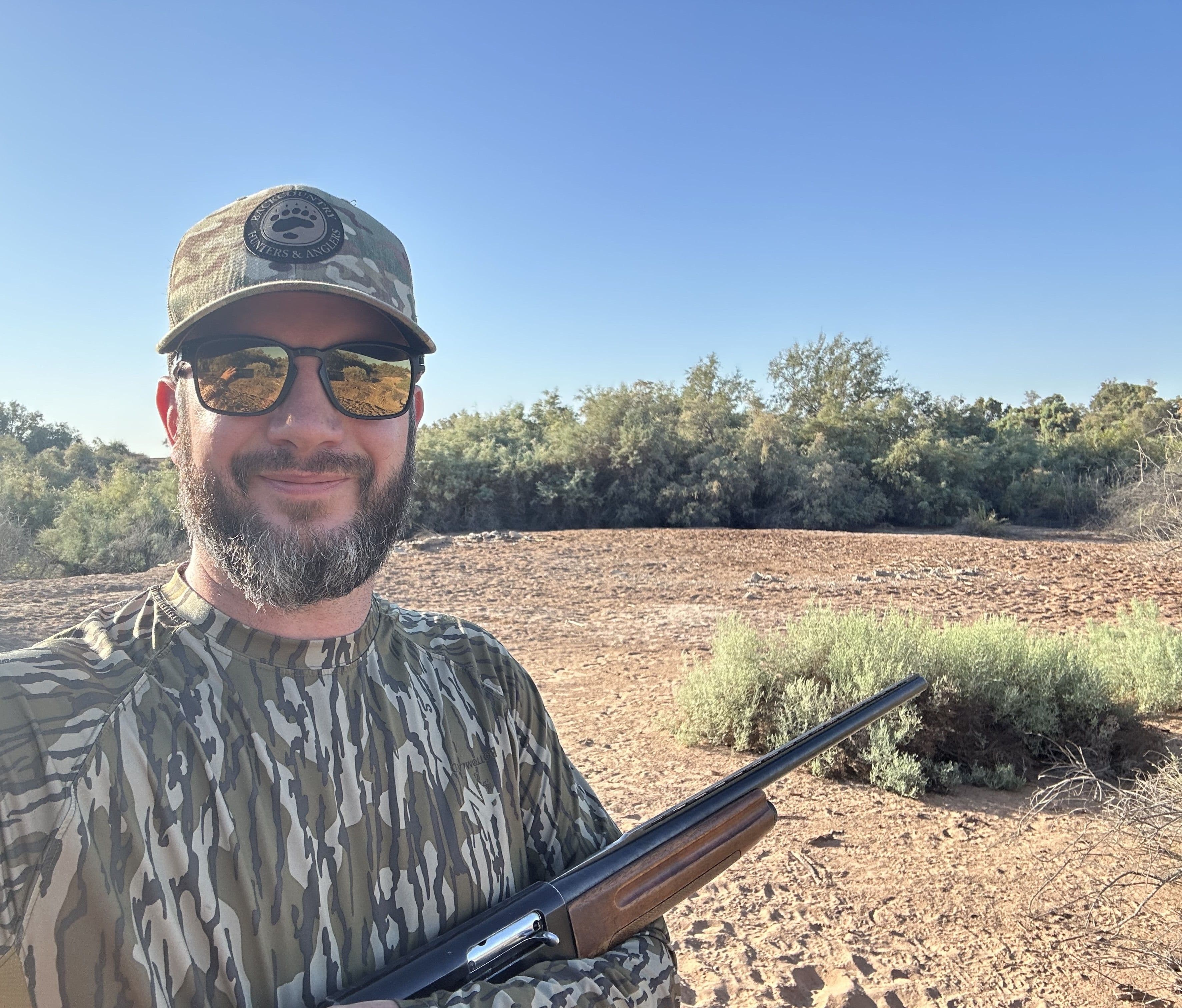
Partridge, Grouse & Chukar
These are the birds that make you earn every ounce of success. They flush farther and fly like missiles. Modified chokes and #7.5 shot strike a smart balance—tight enough to reach out, but not so tight you can't react fast. This combo holds up whether you're on rocky hillsides or timbered draws.
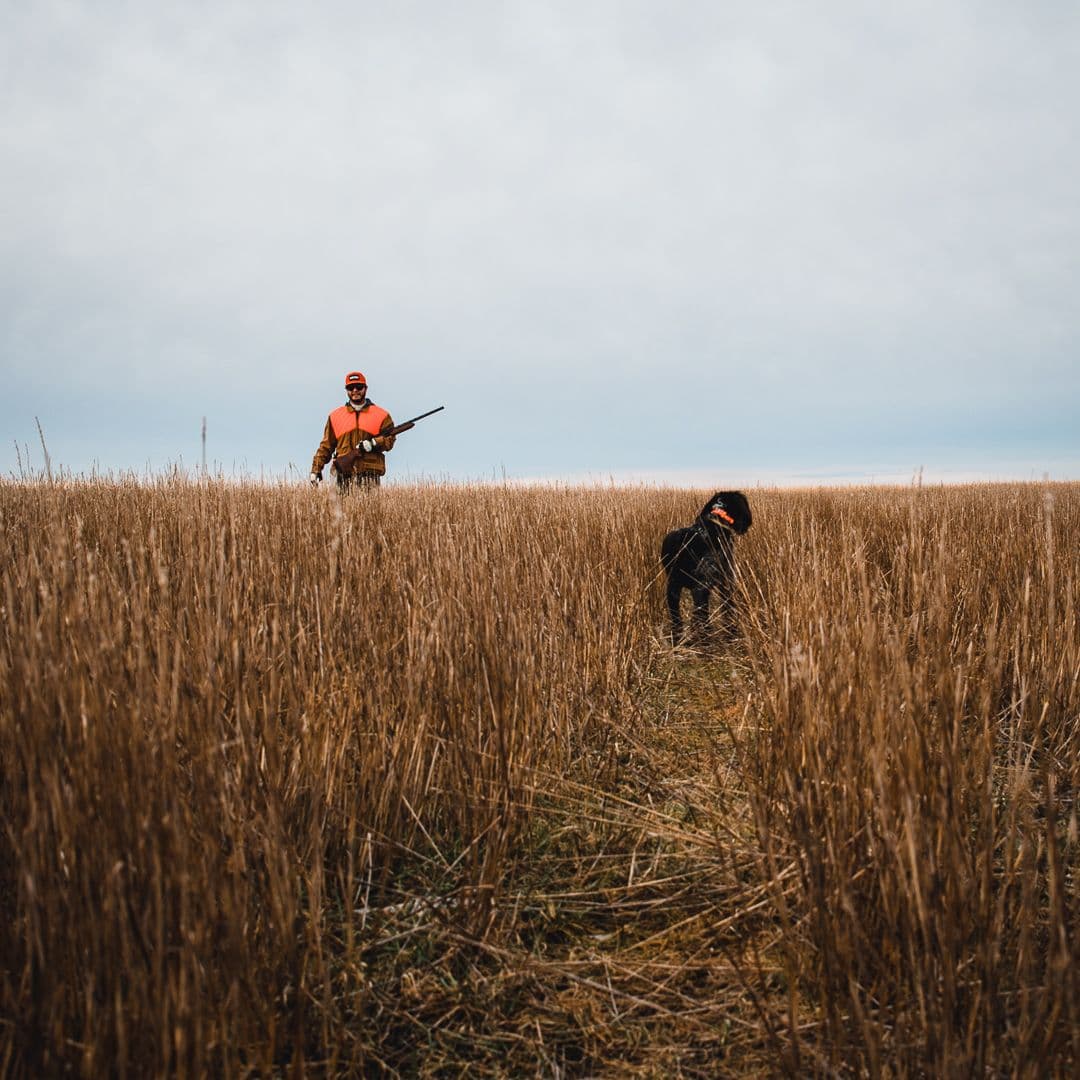
Pheasants
Late-season roosters are rugged. They burst from cover with power and speed—and they won’t drop easy. You want a Modified or Full choke and heavier shot—#5 or #6. That setup keeps your pattern tight and lethal at 35 to 40 yards when the birds flush wild and far.
Patterning for Turkey: Precision Over Spread
Turkey hunting is a one-shot game. You’re aiming small—head and neck, not body. That demands tight, centered patterns, especially at 30 to 50 yards.
Imagine a Missouri hardwood ridge, early spring. The gobbler finally breaks and struts into range. At 42 yards, you ease the bead into place. If you haven’t patterned your load, you’re guessing. And turkeys are too tough to leave to chance.
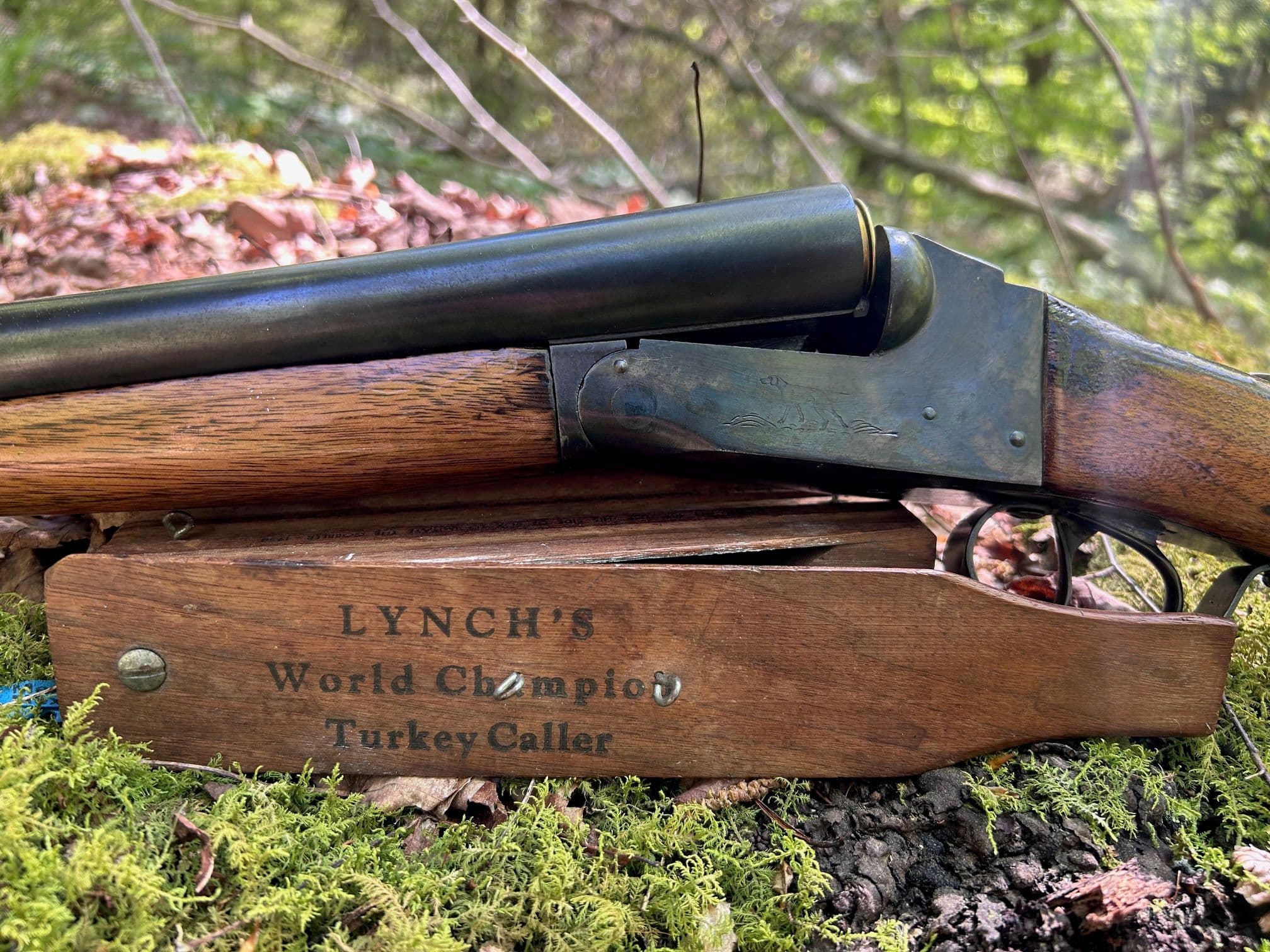
TSS
Tungsten Super Shot (TSS) has changed the game. These dense #9 pellets hit hard and pattern tighter than ever. With an Extra Full or turkey choke, you get long-range lethality—out to 60 yards with confidence. Expensive? Sure. Worth it? Absolutely.
Lead Loads
If you’re running lead—#4, #5, or #6—you’ll need a Full or Extra Full choke and a bit more caution. Test your gun at 20, 30, 40, and 50 yards. Use silhouette targets. Count pellet hits to the head and neck. Know exactly where your effective range ends.
Patterning for Waterfowl: Matching Load to Flight
Waterfowl are tough birds. They fly in all kinds of conditions, at all sorts of angles. From backpedaling greenheads over decoys to geese skimming the treetops in a side wind, your shotgun has to be dialed.
Ducks (Decoying)
This is where soft hands and smooth swings matter. Mallards landing in the decoys call for open patterns and fast follow-ups. Improved Cylinder or Modified chokes paired with steel #3 or #4—or bismuth for better energy—make a solid close-range setup.
Ducks (Passing)
These are your challenge shots—teal screaming across the sky or divers zipping down a levee. You’ll need a tighter pattern. Full or Improved Modified chokes and steel #2 or #3 keep your shot on target at 40–50 yards.
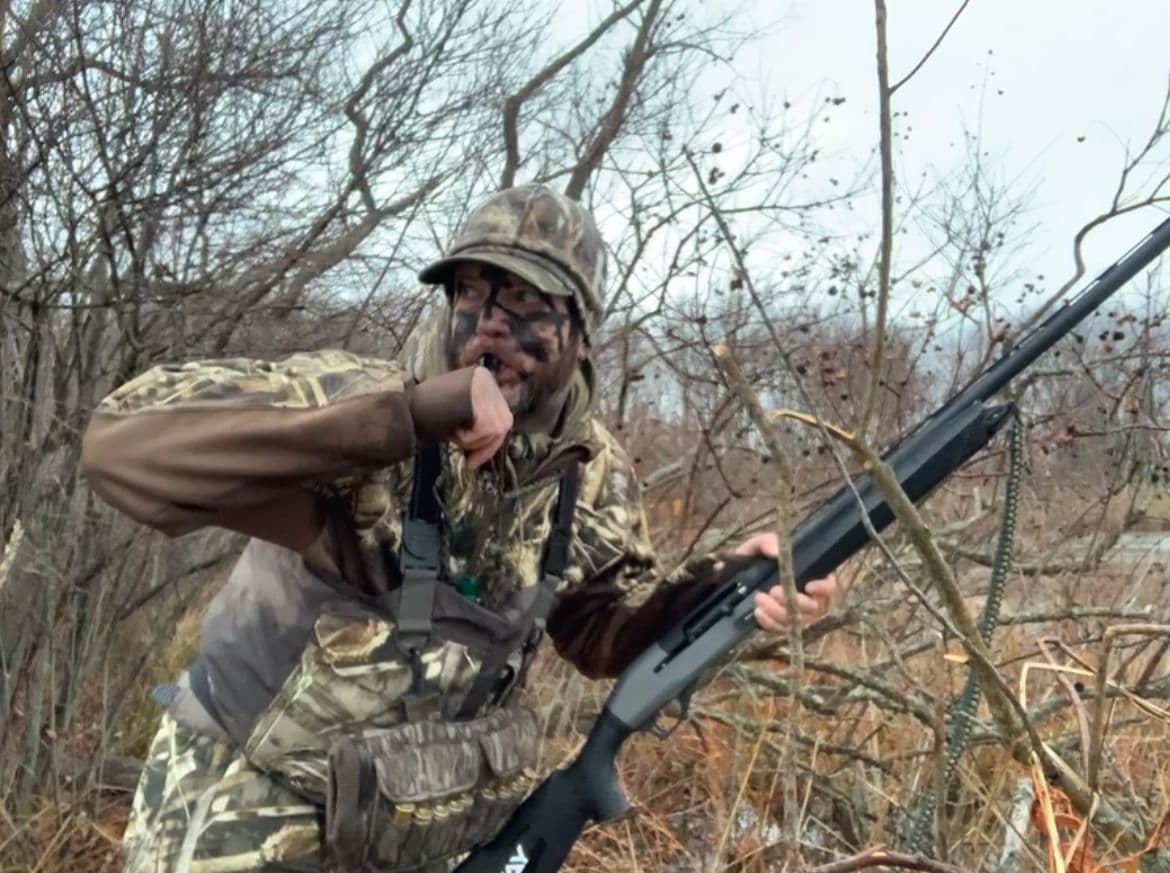
Geese
Geese are built like tanks—broad wings, dense feathers, and thick-boned bodies. They demand a different level of shot performance, especially when conditions vary between in-your-face decoying action and high-altitude pass shots.
Decoying Geese: When big Canadas drop in low and slow, you need a pattern that opens just enough to be forgiving but still delivers serious punch. A Modified choke paired with steel BB or bismuth #1 gives you a clean, wide kill zone at 25–35 yards. Tungsten blends up the odds with tighter patterns and deeper energy on impact. Aim for the chest and let the pattern do its job.
Pass-Shooting Geese: These are your longball plays—birds cutting high and fast across the horizon. You’ve got seconds to judge range, lead, and wind. A Full choke keeps the pattern tight, and you’ll need steel BBB or tungsten BB to reach out past 50 yards. Here, pellet count matters less than individual pellet energy. It’s precision work—and your pattern needs to land with authority.
Shot Size and Choke Combination Chart
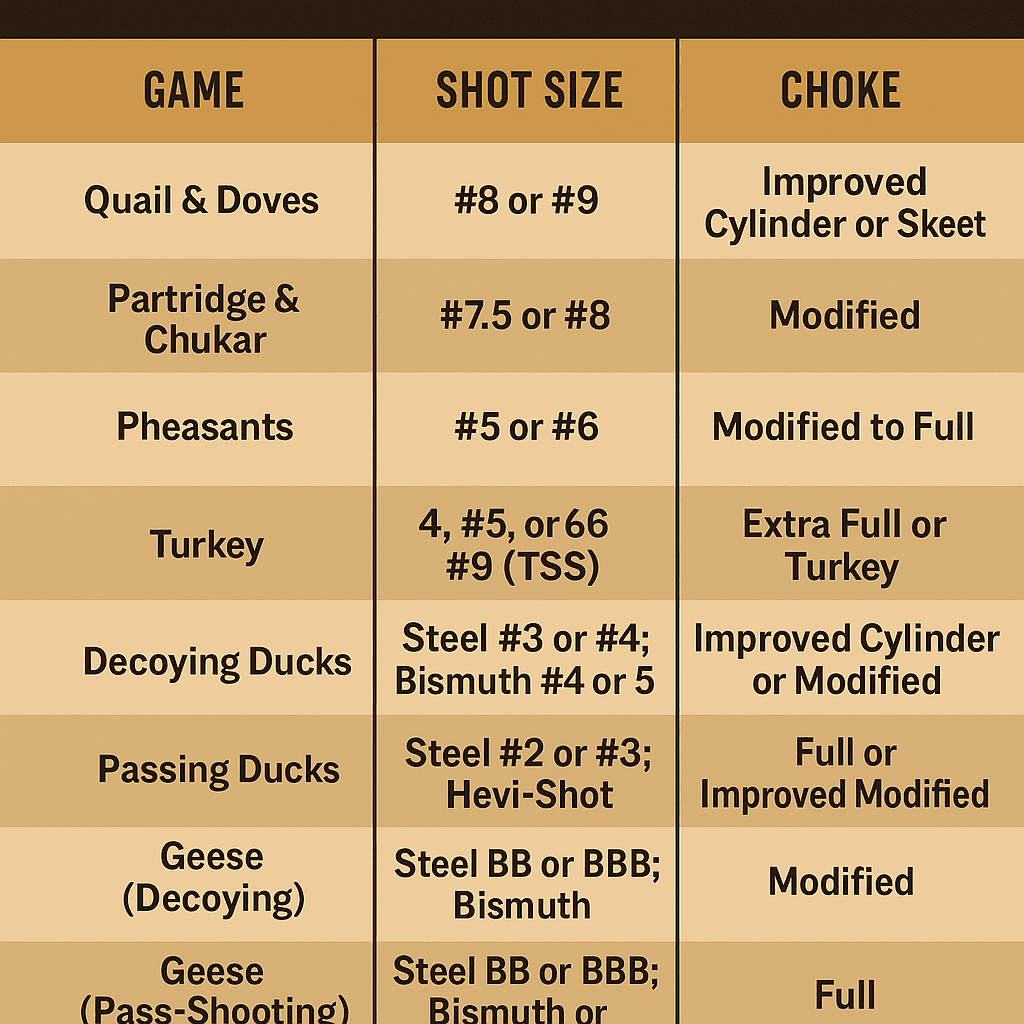
Final Thoughts: Know Before You Go
At the end of the day, patterning your shotgun isn’t about overthinking a hunt—it’s about honoring it. It’s about stepping into the field knowing you’ve done your homework. It’s about removing variables so that, when the adrenaline spikes and instincts take over, your setup performs the way it’s supposed to.
Because the truth is, there are no do-overs out there. A wounded bird that flies off, a miss that could’ve been avoided—those moments stick with you. Patterning doesn’t guarantee success, but it minimizes regret. It aligns skill with preparation.
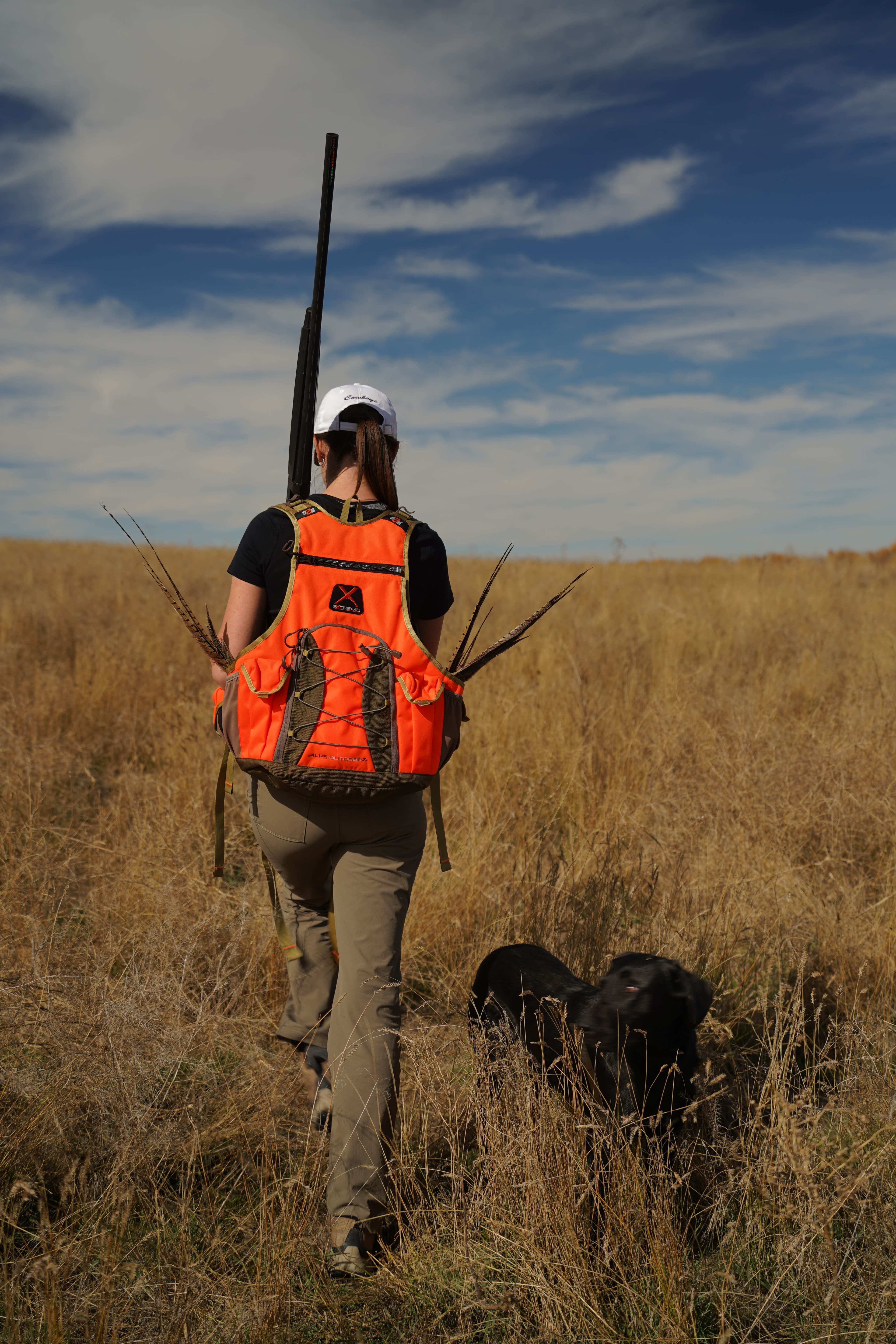
Run the tests. Try the loads. Pattern at 20, 30, 40, and 50 yards. Don’t just rely on what the box says—see for yourself what your gun actually does. Use silhouette targets that reflect the birds you chase. Count hits. Study pellet spread. Dial in what works.
Then, when the season’s in full swing and that once-in-a-season shot presents itself, you won’t hesitate. You’ll shoulder your gun, lead clean, and know—because you’ve patterned for this exact moment.
And that’s what responsible hunting looks like. That’s what respect sounds like when a shotgun goes off in the woods, the marsh, or the field.
Because ethical hunting isn’t just about making the shot. It’s about making the right shot.